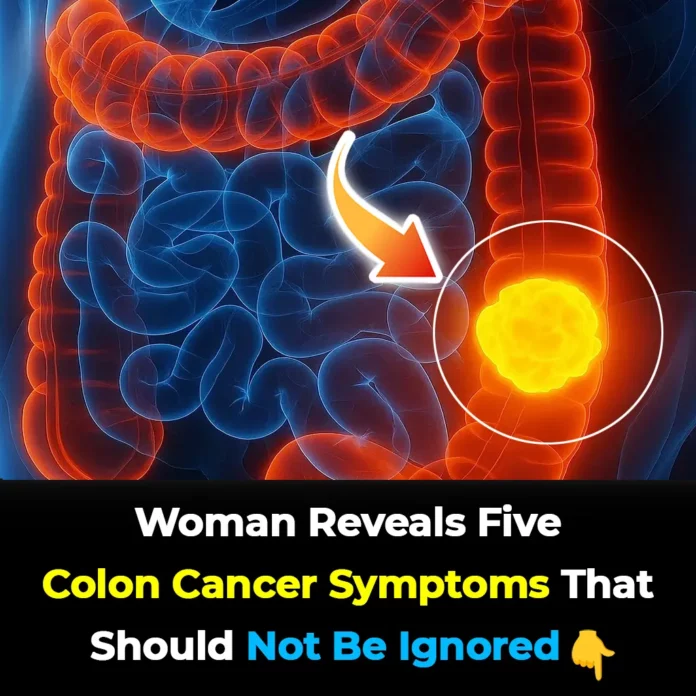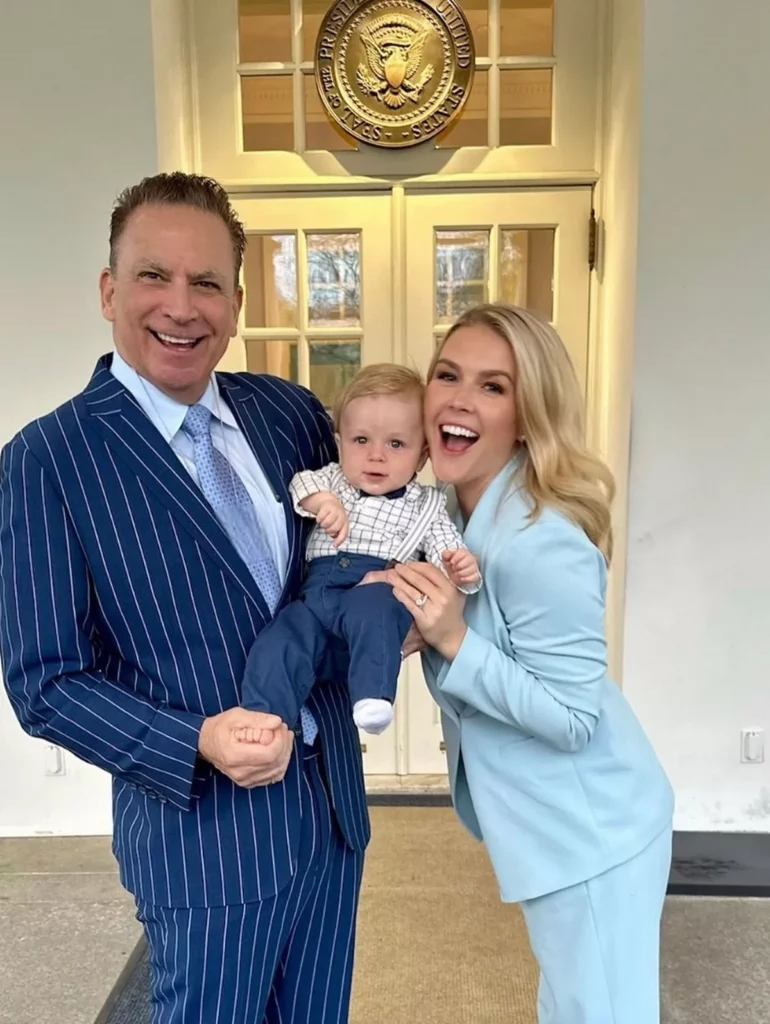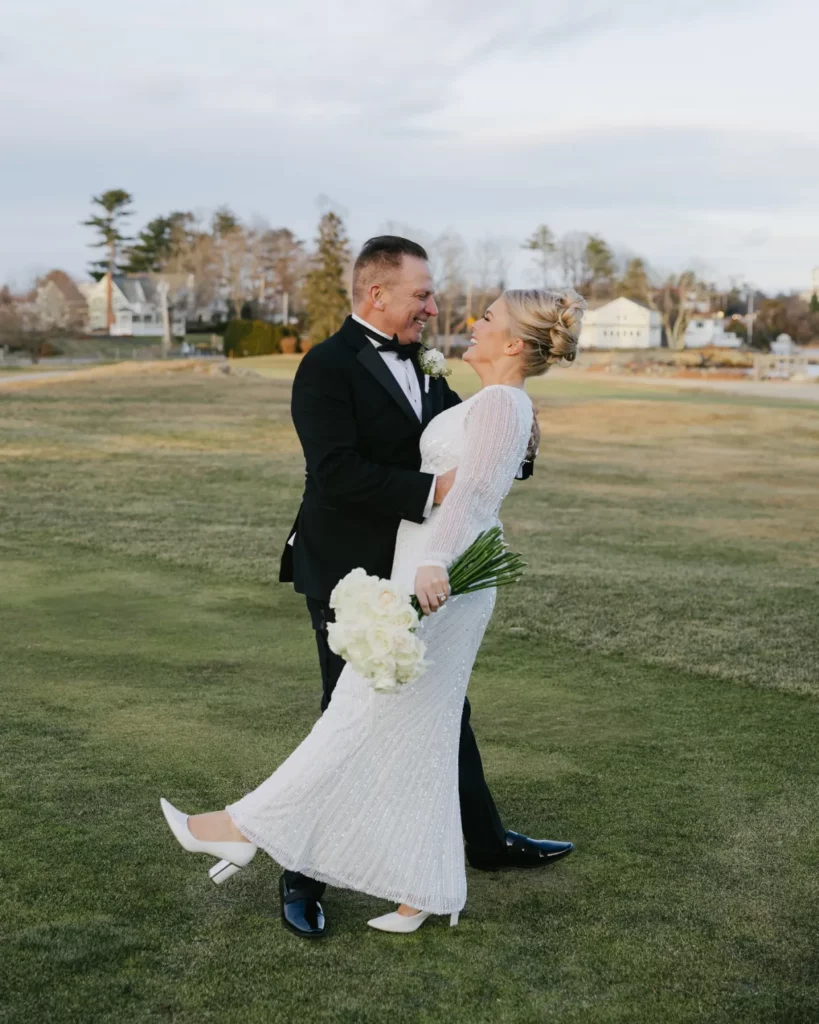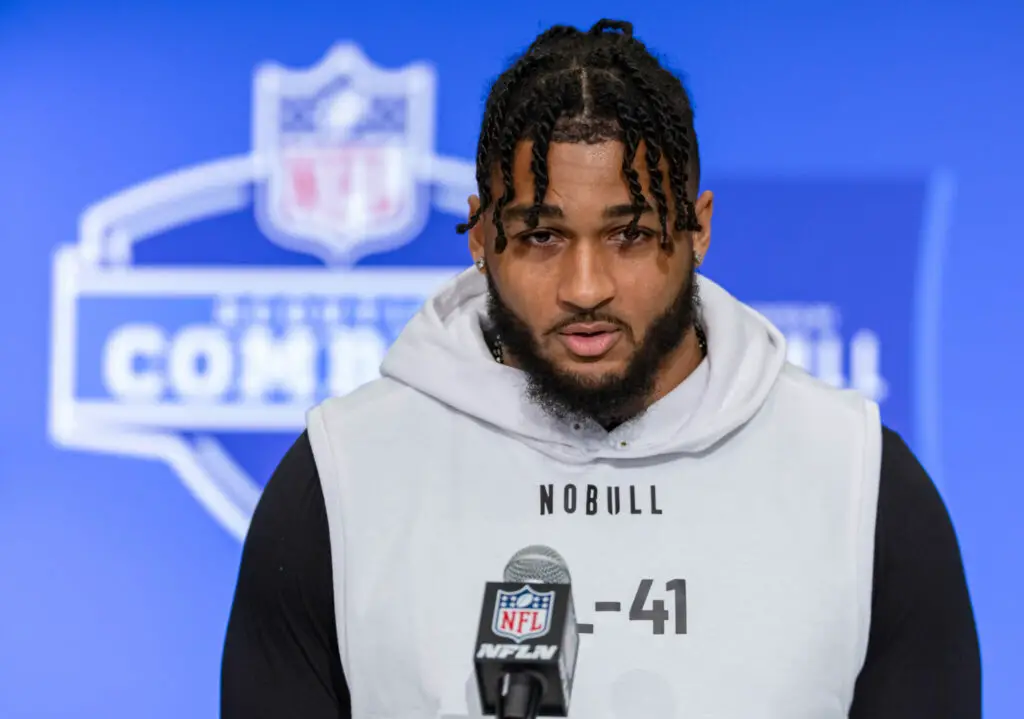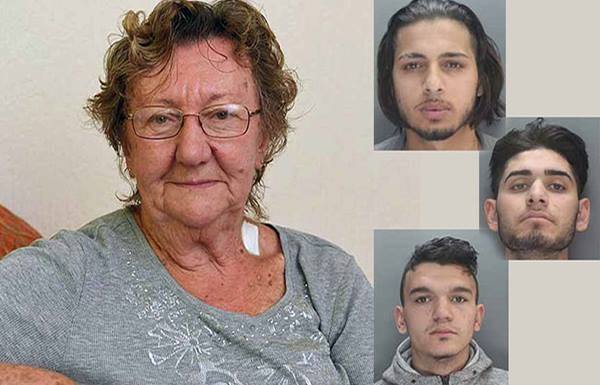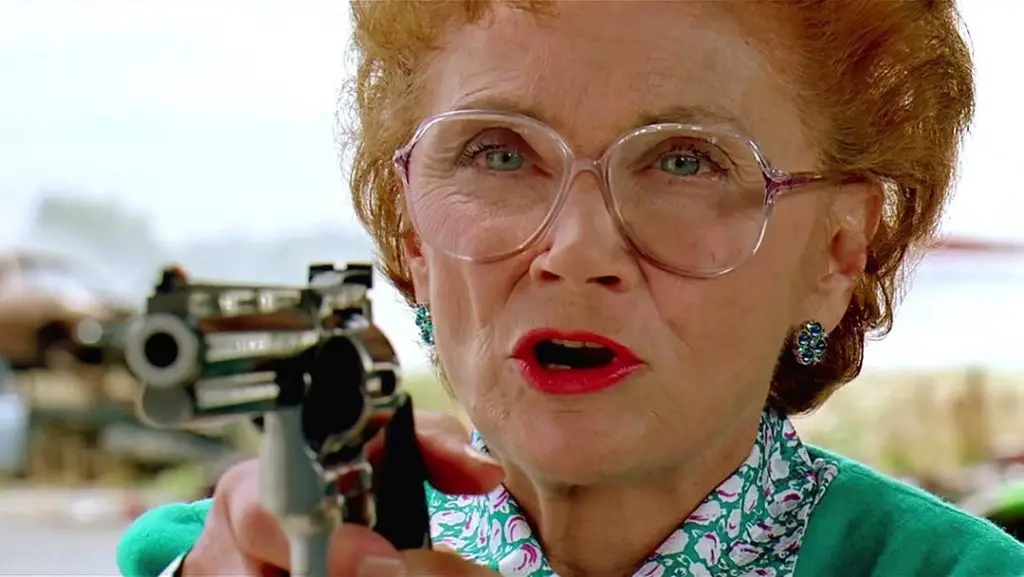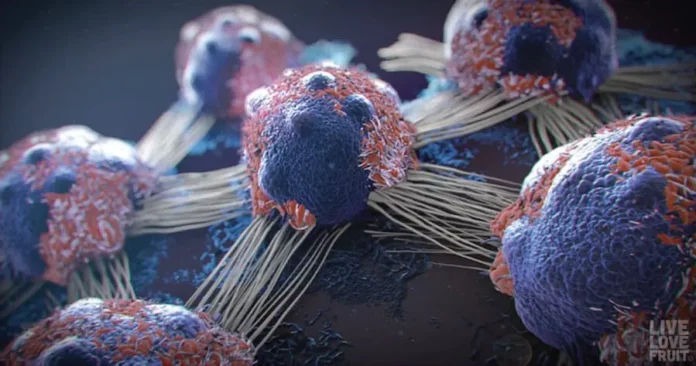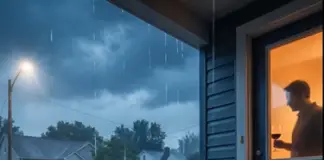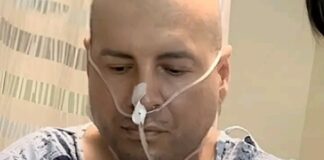Statistics states that colorectal cancer is the second leading cause of cancer-related deaths in US, with 153,020 being diagnosed with the disease in 2023 and over 52,000 dying of it.
The American Cancer Society states that colorectal cancer starts in the colon. “Most colorectal cancers start as a growth on the inner lining of the colon or rectum. These growths are called polyps.”
While polyps are quite common and often noncancerous, some can turn into cancer over time.

A woman from Texas and a mother of one, Radwah Oda, opened up of her battle with colon cancer and warned of the symptoms that shouldn’t be ignored.
Posting on TikTok, she has urged the public to take their health more seriously.
Stool Changes
Oda explained that one of the first changed she experienced was that in her stool, which began to become more pencil-shaped. At first, she dismissed it as something not important, but later realized it was indeed a red flag she should have discussed with a medical professional.
Further, she noticed that her stool sometimes contained small amounts of blood, which she attributed to hemorrhoids, something that is often overlooked. She also mentioned, “Every time I used the bathroom, I felt like I still needed to go. I kept pushing and pushing, but nothing would come out,” describing a constant feeling of incomplete bowel emptying.
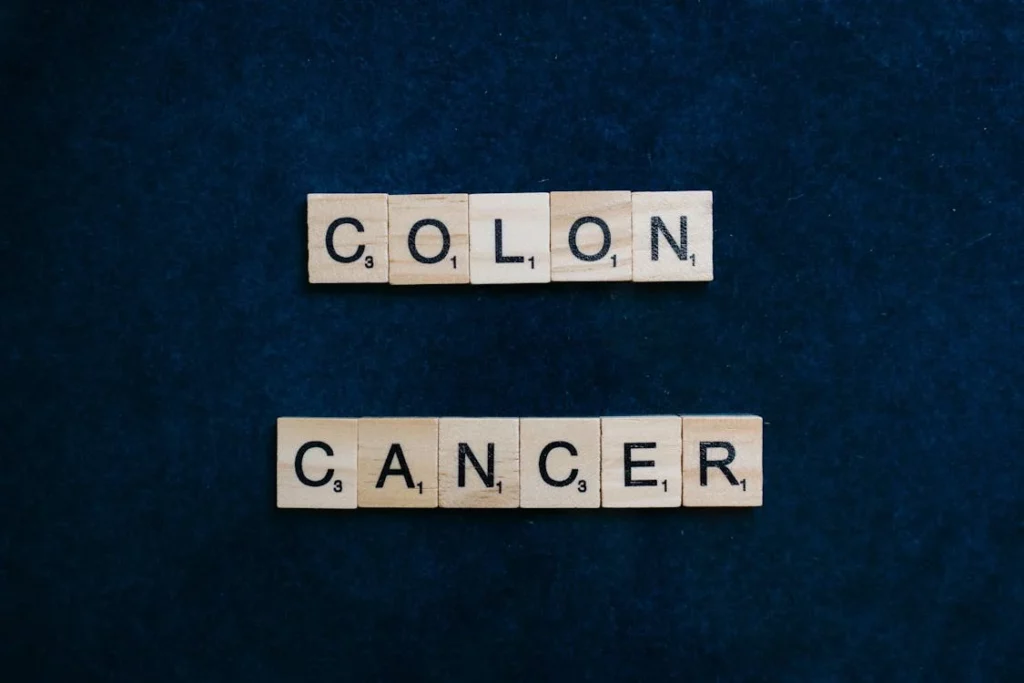
Unexplained pain
The mother of one explained that she started experiencing unexplained pain in her abdomen, a symptom most people battling colon cancer claim to have experienced.
With colon cancer, pain can spread as the disease advances. Oda first felt it under her right breast and thought, “I assumed my bra was too tight, even though it was only on one side.” This pain was actually a sign the cancer had reached her liver, highlighting the need to monitor unusual pain and seek medical attention when it persists.

Chronic fatigue
Oda shared that she had felt tired almost all the time, despite taking rests throughout the day. “I would still need to nap several times during the day, and nothing really helped,” she noted.
Chronic fatigue is a common sign of more types of cancer.
In her other videos, Oda spoke of other symptoms she had experienced, including sudden weight loss and poor appetite.
“Until the doctors told me I had cancer, I blamed these symptoms on a ‘really bad stomach bug,’” she shared.

Raising Awareness
“If you have any of these symptoms, don’t worry, but go see a doctor,” she urged in her video.
Please SHARE this article with your family and friends on Facebook.
Bored Daddy
Love and Peace

